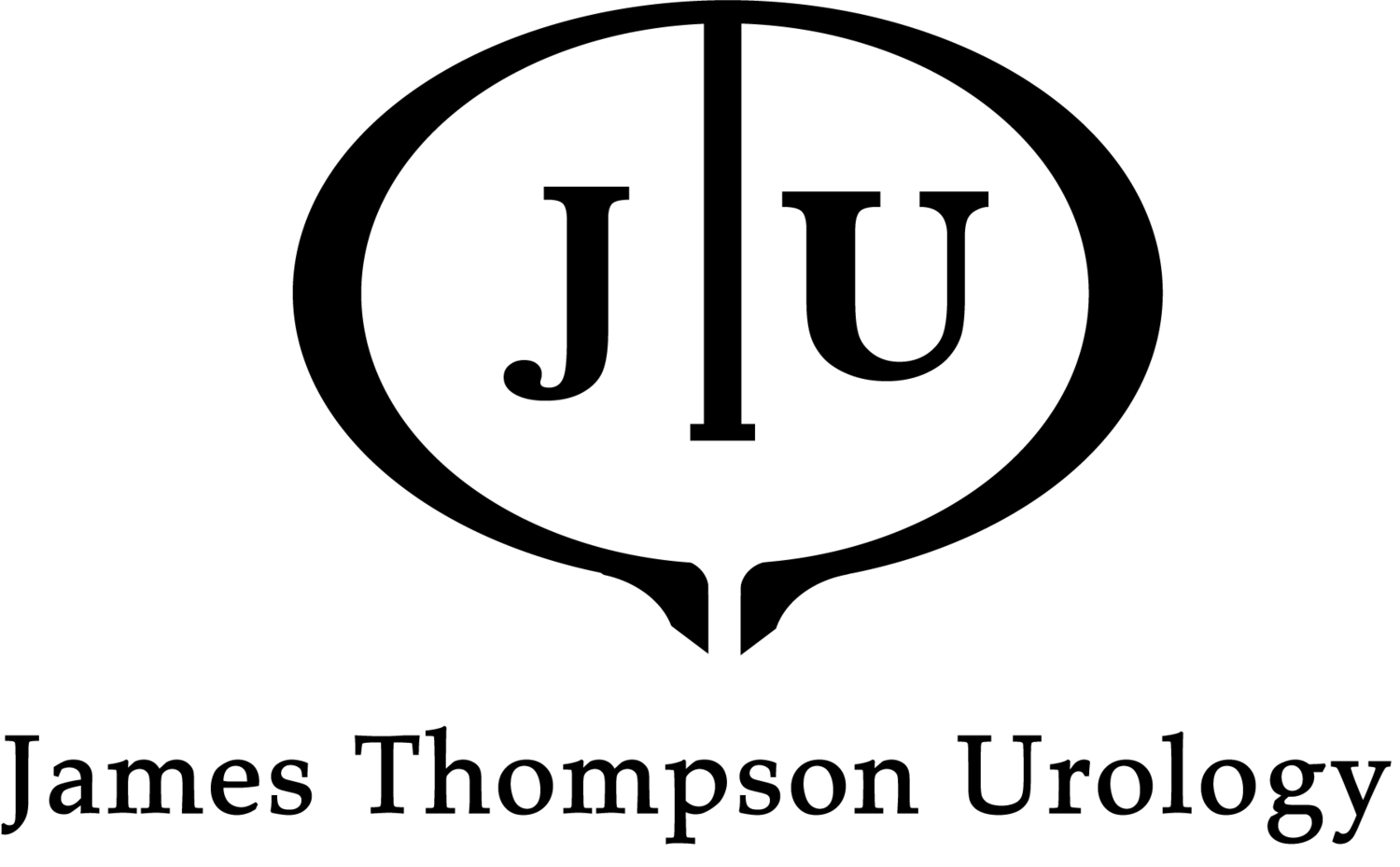Since we commenced one of the world’s first prospective trials of multi-parametric MRI for prostate cancer diagnosis prior to biopsy in 2011, our team at St Vincents and the Garvan Institute in Sydney have enjoyed collaborating with Anant Madabushi and his team at Case Western Reserve in the USA, who are undertaking ground-breaking and cutting edge computational analysis research to improve prostate MRI accuracy.
Over the past 7-8 years, we have provided a rich tapestry of MRI raw data, clinical data, biopsy and radical prostatectomy image maps from our studies of men undergoing biopsy during diagnosis or active surveillance as part of prospective trials.
Anant and his team have used that data to develop and train artificial intelligence models to use quantitative voxel-by-voxel analysis to enhance the detail of MRI analysis beyond what a human radiologist can achieve with a ‘qualitative’ report.
The team at Case Western Reserve continue to interrogate our MRI, pathologic and clinical datasets to dive deeper into the rich data buried within a prostate MRI, most of which is as yet untapped and un-used by radiologists and urologists.
The latest publication analysing the area around the known tumour to enhance accuracy of ‘risk’stratification’ can be found at the following link:
https://www.mdpi.com/2072-6694/12/8/2200
Our collaboration has yielded around half a dozen publications in this field to date, but this field is in its infancy and we expect this fertile collaboration to continue over several decades into the future, until we can ‘unlock’ many of the remaining mysteries of prostate cancer.
